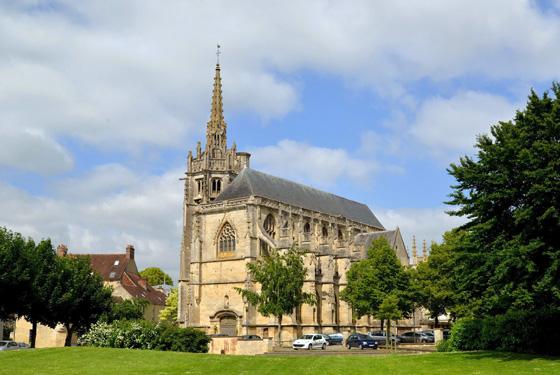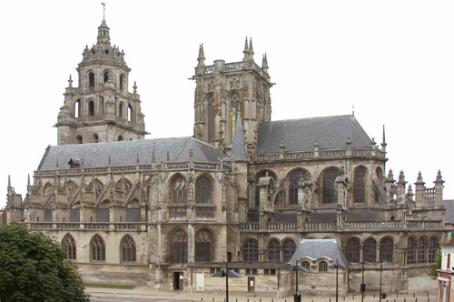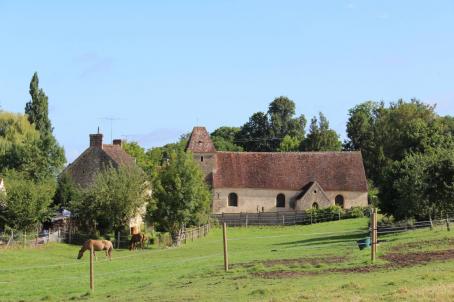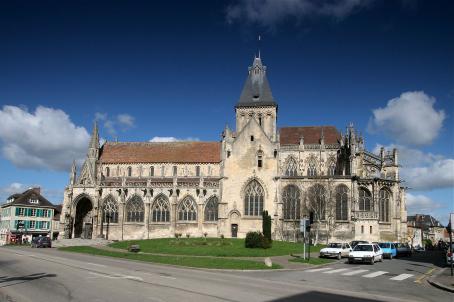Saint-Martin Church, Argentan
The construction of the building began in the 10th century and was not completed until two centuries later. This church has the peculiarity of being built on stilts, since it is located in a formerly marshy area.
About this building
Latin cross plan church with projecting transept and octagonal bell tower with openwork spire.






